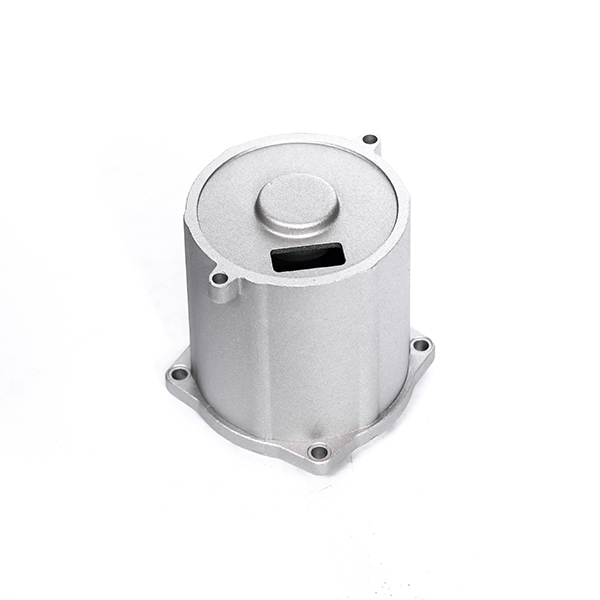Mobile:+86-311-808-126-83
Email:info@ydcastings.com
water pump pipe connection
Understanding Water Pump Pipe Connections A Comprehensive Guide
Water pump systems are vital for various applications, from agricultural irrigation to municipal water supply. Properly connecting pipes to water pumps ensures efficiency and longevity of the system. This article aims to delve into the intricacies of water pump pipe connections, highlighting their importance, types, installation practices, and maintenance tips.
The Importance of Proper Connections
The connection between pipes and water pumps is crucial for the optimal operation of the system. An improper connection can lead to leaks, backflow, or pressure loss, ultimately affecting the performance of the pump. Additionally, improper connections can strain the pump or result in premature wear, leading to costly repairs or replacements. Therefore, understanding the types of connections and ensuring their correctness is essential for the longevity and efficiency of any water pumping system.
Types of Pipe Connections
1. Threaded Connections This method involves screwing pipes and fittings together. It provides a strong mechanical bond and is commonly used in smaller pump systems. However, ensuring proper thread sealing is crucial to prevent leaks.
2. Flanged Connections Flanged connections involve the use of flanges attached to the ends of pipes or pumps, allowing for easy assembly and disassembly. They are ideal for larger systems where maintenance or repairs are frequent.
3. Socket Weld and Butt Weld Connections Typically used in high-pressure systems, these types of connections involve welding pipes together. They provide a strong, permanent bond suitable for high-stress applications but require specialized skills and equipment for installation.
4. Compression Fittings These are used primarily with plastic pipes, where a nut is tightened over a ring, compressing it against the pipe to create a seal. This method is popular for its simplicity and ease of installation.
5. Push-Fit Connections These connections are designed for quick assembly, allowing pipes to be pushed into fittings without the need for tools. While they are convenient, ensuring that the connection is secure is vital to prevent leaks.
Installation Practices
Proper installation of water pump pipe connections is essential for ensuring system efficiency. Here are some best practices
water pump pipe connection

- Sizing the Pipes Ensure that the diameter of the pipe matches the pump's specifications to maintain optimal flow and pressure. - Using Quality Materials Choose pipes and fittings made from durable materials that can withstand the intended pressure and temperature.
- Sealing Connections Utilize appropriate sealants or thread tape for threaded connections to prevent leaks.
- Following Manufacturer Guidelines Always adhere to the pump and pipe manufacturers' installation instructions to ensure that connections are made correctly
.- Support and Alignment Ensure pipes are supported correctly and aligned to avoid stress on connections, which could lead to failure.
Maintenance Tips
Regular maintenance of water pump pipe connections can help identify issues before they become significant problems. Here are a few tips
- Frequent Inspections Routinely check for signs of leaks, corrosion, or wear in connections. Early detection can save time and money on repairs.
- Tightening Connections Periodically check and tighten connections, especially in threaded and flanged systems, as they may loosen over time under pressure.
- Flushing the System Cleaning the pipes regularly helps eliminate debris that might clog the system or damage connections.
- Consulting Professionals If you encounter issues beyond simple maintenance, consult a professional plumber or technician to assess and rectify the problem.
Conclusion
In conclusion, understanding water pump pipe connections is fundamental to the efficiency and longevity of pumping systems. By choosing the right type of connection, installing it properly, and maintaining it regularly, users can ensure optimal water flow and prevent potential problems. With proper attention to these details, water pumping systems can serve effectively, supporting essential functions across various sectors.
-
Why Should You Invest in Superior Pump Castings for Your Equipment?NewsJun.09,2025
-
Unlock Performance Potential with Stainless Impellers and Aluminum End CapsNewsJun.09,2025
-
Revolutionize Your Machinery with Superior Cast Iron and Aluminum ComponentsNewsJun.09,2025
-
Revolutionize Fluid Dynamics with Premium Pump ComponentsNewsJun.09,2025
-
Optimizing Industrial Systems with Essential Valve ComponentsNewsJun.09,2025
-
Elevate Grid Efficiency with High-Precision Power CastingsNewsJun.09,2025











